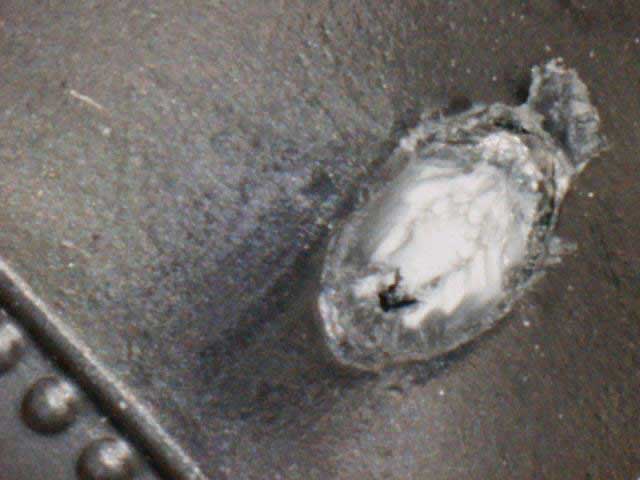
With BSA wheels made after 2009, the sprue mark no longer exists and wheel roundness is on average much better than before. However, recommendations to sand the wheel tread continue to linger (for example, Session 5 of Getting Started in Pinewood Derby). But freehand sanding by a child presents an obvious risk of tread re-shaping (which is illegal under most local rules), and it is also hard to image that this technique would improve wheel runout.
However, because we never tried this technique on a new wheel, we could not say for sure whether the risks outweighed the benefits. So we decided to try tread-sanding on one pre-2009 wheel (mold #10) and one new-style BSA wheel (mold #5), both having noticeable run-out. We followed a technique described on pp. 57-59 of Getting Started in Pinewood Derby, using a variable-speed handheld drill on its lowest setting and a Pro-Wheel Mandrel.
We measured the runout before and after each sanding using a homemade concentricity gauge. Each sanding reduced the low reading on the dial indicator by ~0.002". We stopped after 3 sandings, as by then the sandpaper was pretty much used up and the tread was as close to the fluting as we dared to take it. The run-out readings were as follows:
Code: Select all
Old-style New-style
Unsanded 0.0090" 0.0050"
1st Sanding 0.0090" 0.0060"
2nd Sanding 0.0085"* 0.0065"
3rd Sanding 0.0075" 0.0070"
These results seemed to affirm initial suspicions that tread sanding doesn't necessarily improve the runout of new-style wheels. (What's more, it seems there's no easy way to tell what's happening short of measuring.) So we remain unconvinced that the risks of tread sanding outweigh supposed benefits with new-style wheels. I’d be curious if anyone else sands their treads in this way, and if so, if they can tell whether this technique offers any improvement with newer wheels.




